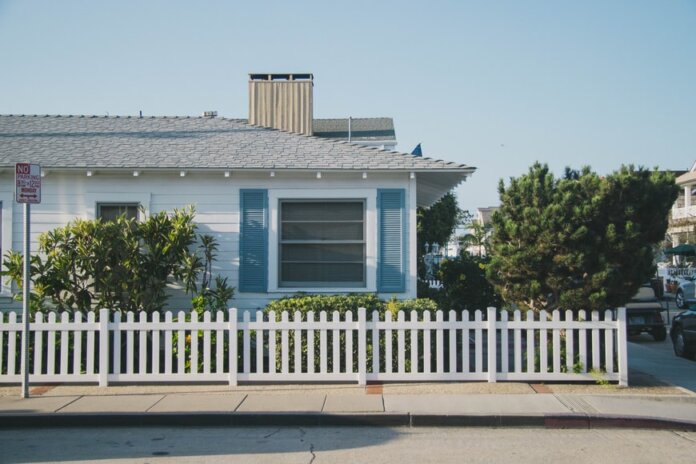First American Financial Corp. has released the August 2021 First American Real House Price Index (RHPI), which shows that real house prices increased 1.2% between July 2021 and August 2021, while they increased 16.6% between August 2020 and August 2021.
“In August, year-over-year nominal house price appreciation reached 20.7 percent, the third consecutive month it has set a new record,” says Mark Fleming, chief economist at First American. “According to our Real House Price Index (RHPI), which measures housing affordability in the context of changes in consumer house-buying power, incorporating changes in household income, mortgage rates and nominal house prices, affordability declined 16.6 percent. The growth in nominal house prices vastly outpaced the 3.5 percent increase in house-buying power compared with a year ago, yet real, house-buying power-adjusted house prices remain 37.5 percent below their 2006 housing boom peak.”
Consumer house-buying power increased 0.5% between July 2021 and August 2021.
“The overall downward trend in the average 30-year, fixed mortgage rate has been one of the most important driving forces of both purchase and refinance activity for the last 40 years,” Fleming continues. “Holding income constant, lower mortgage rates allow a borrower to borrow the same amount for less. As mortgage rates have drifted lower over the last several decades, borrowers have seen their purchasing power increase, which has facilitated move-up buying, higher housing market turnover (more sales as a percentage of the housing stock) and increased refinancing activity.”
Median household income has increased 2.3% since August 2020 and 65.2% since January 2000. Real house prices are 10.9% less expensive than in January 2000.
“Rising household income limits the negative impact that higher rates will have on house-buying power. Rising rates will lower affordability, but rising household incomes can help to mitigate the impact. Ultimately, changes in affordability depend on the tug-of-war between rising household income and upward pressure on mortgage rates.”
While unadjusted house prices are now 36.4% above the housing boom peak in 2006, real, house-buying power-adjusted house prices remain 37.5% below their 2006 housing boom peak.
“Average mortgage rates won’t stay as low as they are today forever, and as they rise, the decades-long housing and mortgage market tailwind will turn into a headwind,” Fleming adds. “Rising mortgage rates, all else equal, will diminish house-buying power, meaning it will cost more per month for a borrower to buy ‘their same home.’
The five states with the greatest year-over-year increase in the RHPI are: Arizona (+27.8%), Nevada (+20.6%), Florida (+20.5%), Connecticut (+20.1%), and Vermont (+19.8%). There were no states with a year-over-year decrease in the RHPI.
Among the Core Based Statistical Areas (CBSAs) tracked by First American, the five markets with the greatest year-over-year increase in the RHPI are: Phoenix, Ariz. (+29.7%); Jacksonville, Fla. (+25.1%); Tampa, Fla. (+24.9%); Charlotte, N.C. (+24.1%); and Las Vegas, Nev. (+21.4 %). Among the Core Based Statistical Areas (CBSAs) tracked by First American, there were no markets with a year-over-year decrease in the RHPI.
Read the full report here.











